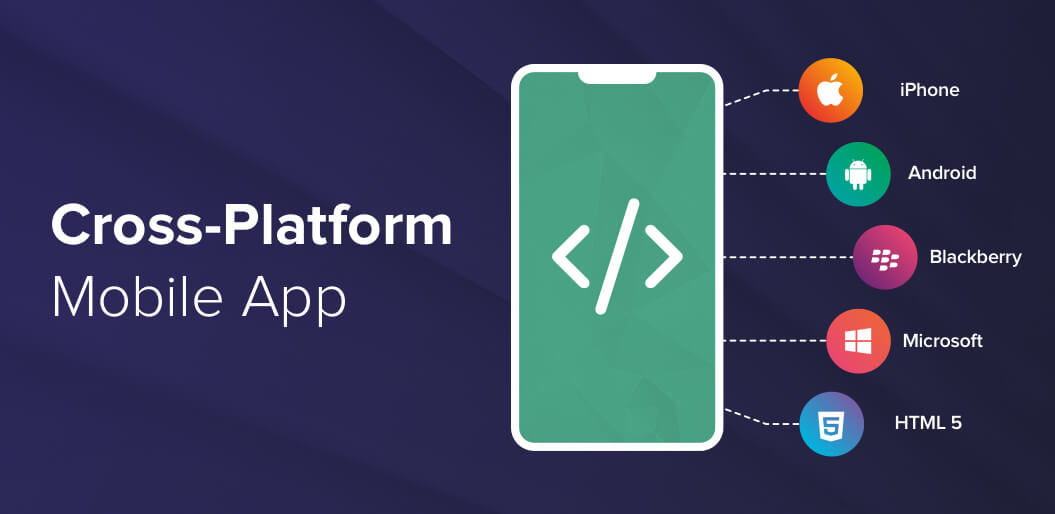In today’s hyperconnected world, mobile application development has transformed from a niche innovation into a core strategy for businesses worldwide. From emerging startups to global enterprises, building mobile apps is now the key to capturing user attention, improving engagement, and driving revenue.
Whether it’s Android app development, Flutter app development, or Java development, understanding the mobile ecosystem is crucial to building high-performing, scalable, and user-friendly applications.
What Is Mobile Application Development?
Mobile application development is the process of creating software applications that run on mobile devices, such as smartphones and tablets. These apps can be installed via app stores or accessed via web browsers (in the case of Progressive Web Apps).
Depending on the business goals and audience, companies can choose to develop apps for:
-
Android devices using Java, Kotlin, or cross-platform tools
-
iOS devices using Swift or Objective-C
-
Or opt for cross-platform development with tools like Flutter and React Native
Why Mobile Apps Are Essential for Business Growth
1. Mobile-First Consumer Behavior
With mobile traffic dominating global internet usage, consumers now expect seamless, fast, and engaging experiences via apps.
2. Always-On Customer Engagement
Apps allow brands to communicate through push notifications, offer loyalty rewards, and personalize user journeys in real time.
3. Stronger Brand Identity
A well-designed mobile app helps your brand stay visible, build trust, and offer value to customers beyond basic transactions.
4. Enhanced Native Capabilities
Mobile apps can tap into native device features—like the camera, GPS, microphone, and sensors—to offer rich and interactive user experiences.
Types of Mobile Applications
Native Apps
-
Platform-specific apps (iOS or Android)
-
Built using tools like Java development for Android or Swift for iOS
-
High performance and deep system integration
Cross-Platform Apps
-
A single codebase deployed across Android and iOS
-
Popular for startups and budget-conscious businesses
-
Tools include Flutter app development and React Native
Progressive Web Apps (PWAs)
-
Mobile-friendly web apps with offline access and app-like interfaces
-
No need for installation via app stores
Hybrid Apps
-
Built with web technologies wrapped in a native container
-
Useful for simpler apps that require fast deployment
Key Technologies Powering Modern Mobile Apps
-
Programming Languages: Swift, Kotlin, Dart, JavaScript, and Java
-
Frameworks: Flutter, React Native, Ionic
-
Backends: Node.js, Firebase, Django, Laravel
-
APIs & Tools: REST APIs, GraphQL, Google Maps, payment gateways
Let’s take a deeper look at three trending approaches:
Android App Development
Android dominates the global mobile market share. Building Android apps involves tools like Android Studio, Kotlin, and Java development. Developers can build powerful, native experiences tailored to Android users with access to Google’s vast ecosystem.
Flutter App Development
Google’s open-source UI toolkit, Flutter, enables cross-platform development from a single Dart codebase. With Flutter, you can deploy apps on Android, iOS, web, and desktop, making it a cost-effective choice for rapid, beautiful, and scalable apps.
Java Development
Still one of the core languages for Android, Java development offers robust libraries, platform independence, and decades of community support. It remains a go-to choice for enterprise-grade Android applications and backend logic.
Mobile App Development Lifecycle
Here’s how an app goes from concept to launch:
-
Ideation & Strategy – Understand the problem, audience, and goals.
-
Design – UX and UI design using tools like Figma, Sketch.
-
Development – Choose between native, cross-platform, or hybrid frameworks.
-
Testing – Functionality, performance, and compatibility tests.
-
Launch – Deploy to Google Play, App Store, or internal enterprise distribution.
-
Maintenance – Regular updates, bug fixes, and new feature rollouts.
Choosing the Right Approach for Your Business
| Goal | Best Approach |
|---|---|
| Fast deployment & wide reach | Flutter app development |
| Maximum Android performance | Native Android app development using Java or Kotlin |
| Enterprise-level backend + mobile solution | Combine Java development for the backend and the Android app |
| Budget-friendly MVP | React Native or Flutter |
| Custom UI/UX and animations | Native or Flutter |
The Future of Mobile Application Development
-
AI-Powered Apps: Personalization, predictive analytics, and smart automation
-
AR/VR Integration: Especially for gaming, real estate, and education apps
-
Wearable Tech: Apps synced with fitness trackers, smartwatches
-
5G Optimization: Faster load times and real-time experiences
-
Voice Interfaces: Integration with Alexa, Siri, Google Assistant
Final Thoughts
Mobile application development is at the heart of digital innovation. Whether you choose Android app development, Flutter app development, or Java development, the key is to align technology with your business goals.
Investing in mobile isn’t just about keeping up—it’s about staying ahead. The right app can become your most powerful digital asset, driving engagement, loyalty, and revenue.
Ready to build your next mobile success story? Let’s make it happen.



Your words feel like soft fabric, woven with intention and texture. They invite touch, both literal and metaphorical, creating comfort and curiosity simultaneously.
This article perfectly captures the evolution of mobile app development in 2025. The section on AI-driven tools and cross-platform frameworks was particularly insightful. I really liked how you explained the balance between user experience and performance optimization. It’s rare to find such clear and practical information on upcoming development strategies. Great job sharing this valuable content!